This article has been reviewed according to Science X's editorial process and policies. Editors have highlighted the following attributes while ensuring the content's credibility:
fact-checked
peer-reviewed publication
trusted source
proofread
Breakthrough for sweat analysis: 3D-printed wearable sensor
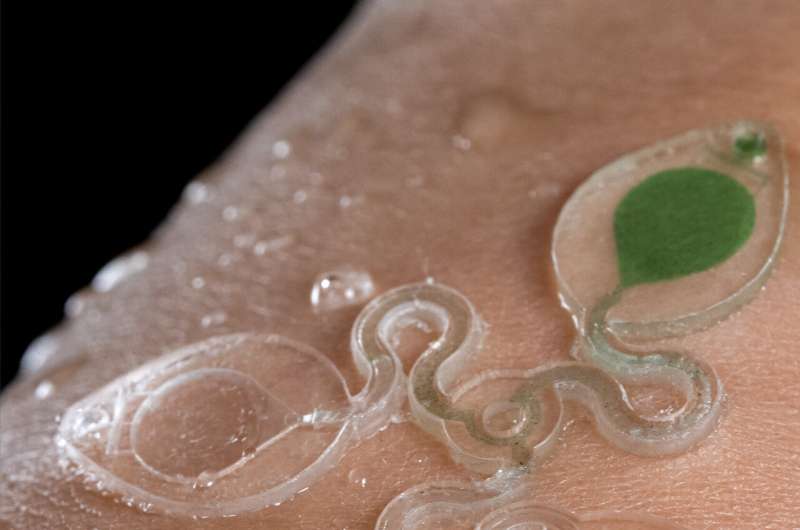
Sweat is more than just a sign of a good workout. It holds vital information about our health, providing clues to dehydration, fatigue, blood sugar levels and even serious conditions such as cystic fibrosis, diabetes and heart failure. Researchers at the University of Hawaiʻi at Mānoa College of Engineering have taken a giant leap forward in sweat analysis with an innovative 3D-printed wearable sweat sensor called the "sweatainer."
Harnessing the power of additive manufacturing (3D-printing), the researchers have developed a new type of wearable sweat sensor that expands the capability of wearable sweat devices. The sweatainer is a small, wearable device similar in size to a child's sticker that collects and analyzes sweat, offering a glimpse into the future of health monitoring. By incorporating various sensors, the sweatainer can analyze sweat in a mode similar to previous wearable sweat-sensing systems.
"3D-printing enables an entirely new design mode for wearable sweat sensors by allowing us to create fluidic networks and features with unprecedented complexity," Department of Mechanical Engineering Assistant Professor Tyler Ray said. "With the sweatainer, we are utilizing 3D-printing to showcase the vast opportunities this approach enables for accessible, innovative and cost-effective prototyping of advanced wearable sweat devices."
Efficient and cost-effective approach
Traditional approaches for sweat collection use absorbent pads or microbore (very narrow) tubes pressed against the epidermis (surface layer of the skin) using bands or straps to capture sweat as it emerges from the skin. These techniques require trained personnel, special handling and costly laboratory equipment. The recent emergence of wearable sweat sensors has addressed some of these challenges, but these devices still remain single-use. When the device is full, it must be removed and the sweat collection be stopped.
-
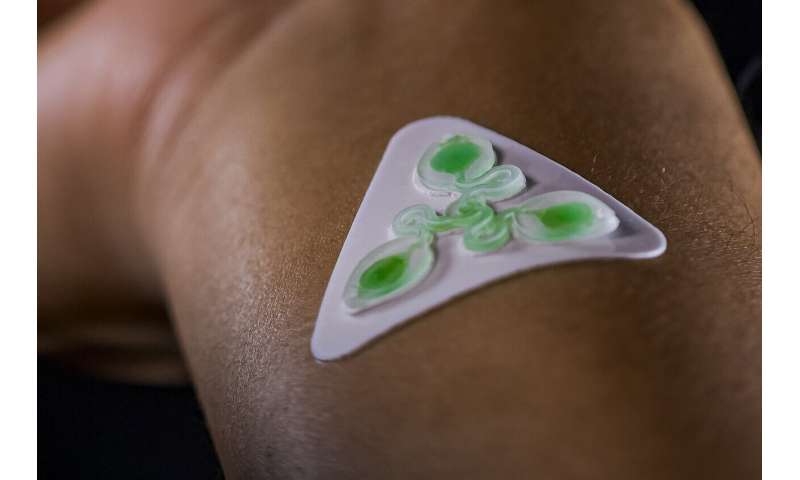
Sweatainer on a person’s arm. Credit: Roxanne Kate Balanay, Tyler Ray -
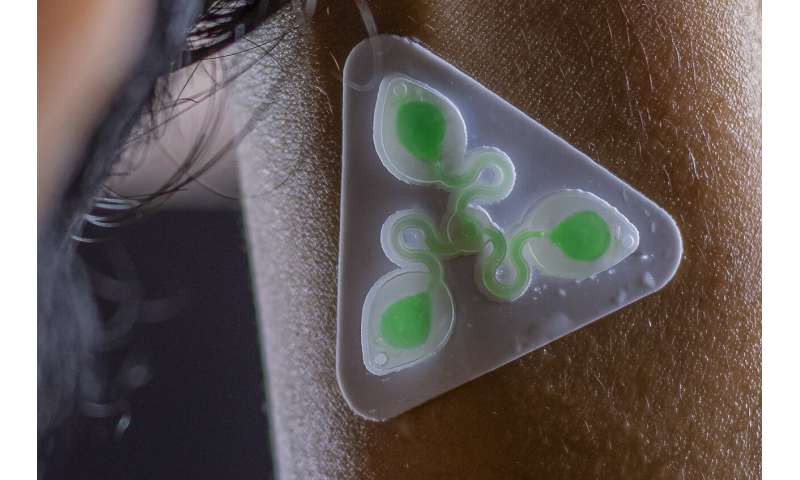
Sweatainer on a person’s arm. Credit: Roxanne Kate Balanay, Tyler Ray
One unique feature of the sweatainer is its "multi-draw" sweat collection method, which allows for the collection of multiple, separate sweat samples for analysis either directly on the device or sent to a lab. Inspired by the vacutainer used in clinical blood sampling, this advancement not only makes sweat collection more efficient but also opens up new possibilities for at-home testing, storing samples for future research and integrating with existing health monitoring methods.
Field studies of the sweatainer system highlight the real-world potential of this groundbreaking technology. Through the blueprint established in the sweatainer, the researchers hope that this will continue to drive innovation to create a future where personal health monitoring is more accessible, convenient and insightful.
The findings were published in Sciences Advances.
-

Artistic rendering of the sweatainer. Credit: Ella Maru Studio -
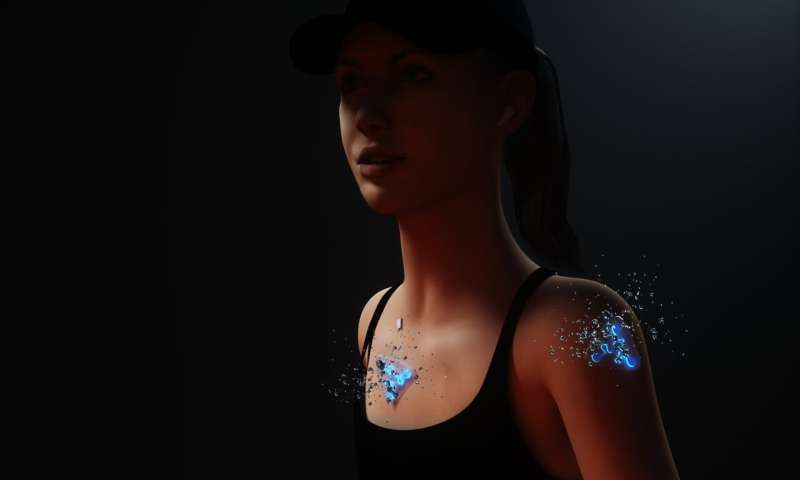
Artistic rendering of the sweatainer. Credit: Ella Maru Studio -
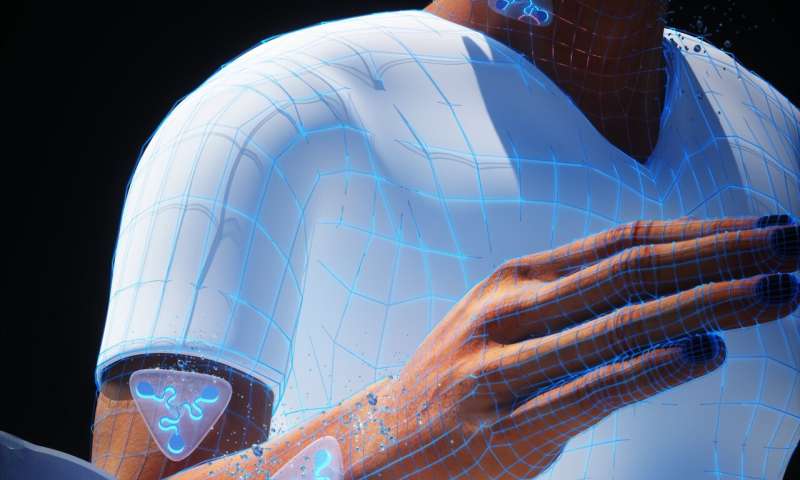
Artistic rendering of the sweatainer. Credit: Ella Maru Studio
More information: Chung-Han Wu et al, Skin-interfaced microfluidic systems with spatially engineered 3D fluidics for sweat capture and analysis, Science Advances (2023). DOI: 10.1126/sciadv.adg4272. www.science.org/doi/10.1126/sciadv.adg4272





















